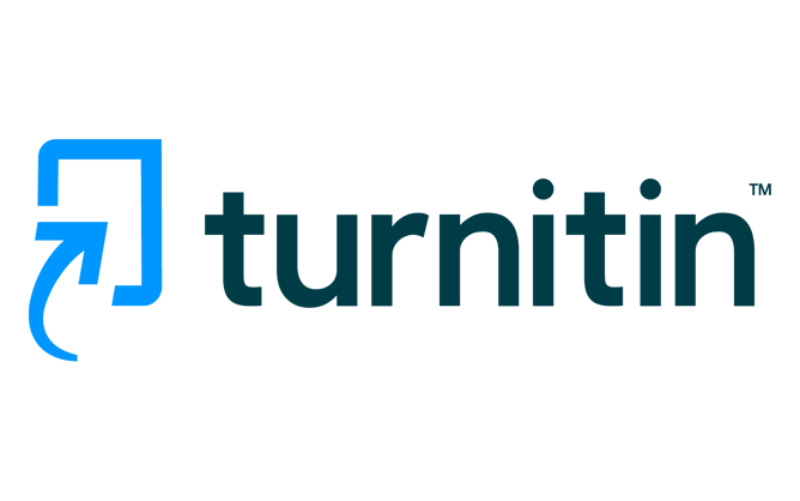ADDITIONAL MENU
Author Guidelines
First-Time Users
-
Please click the "REGISTER" button on the page http://www.ojs.unr.ac.id/index.php/aktualjustice/about/submissions and enter the requested information.
-
After successful registration, you can use USERNAME and PASSWORD to enter the Aktual Justice Journal. Every time you want to submit an article or see the status of an article you can use that account, WITHOUT MUST REGISTER AGAIN
Writer
Please click the "ENTER" button, complete the required fields to submit your article to the Aktual Justice Journal editor. You can also track the progress of your article through the system.
Peer Review Process and Policy
The submitted text will be reviewed by the editor and only the manuscript that meets the focus and scope as well as the style of the journal will be accepted and continued to the review process. Each text will be reviewed by at least two people.
Submission of Manuscripts Submitted
to Aktual Justice journals are texts written by the author, free of plagiarism, and have never been published in any journal. Before submitting the manuscript, the author must ensure that he wants to publish the manuscript to the Aktual Justice journal. Withdrawals during and after the peer review process are not permitted. At the same time, the author is also not allowed to send the same script to other journals. The Aktual Justice journal will not be legally responsible if the author violates this statement.
Permission
Writers who wish to include images, tables, or parts of the text that have been published elsewhere are required to obtain permission from the copyright owner for print and online formats and to include proof that such permission has been given when submitting their paper. Any material received without such evidence will be deemed to be from the author.
Online Submission
All texts must be submitted to the Widya Publika Journal via Online Submission in the journal URL portal: http://www.ojs.unr.ac.id/index.php/aktualjustice/about/submissions, where the author registers as a Writer and/or offered as an online reviewer. If the author has a problem with online shipping, please contact the Editorial Office in the following email: rizkyraditya4@gmail.com, Putu Gede Rizky Raditya Librawan Phone 0896261313209. The manuscript must be prepared following the following writing guidelines in the MS Word article template (Download Template)
Suggestions
It is recommended that the writer will submit the manuscript in a Aktual Justice journal to use the Mendeley reference tool.
Abbreviations
In general, terms may not be abbreviated unless they are used repeatedly and the abbreviation helps the reader. Initially, use the full word, followed by the abbreviation in parentheses. After that, just use the abbreviation.
Preparing for Submission of
TITLE
Each writer in this scientific journal must include a clear title. The title can direct the reader to the core of the paper without having to read all of the writing.
ABSTRACT
The abstract is not the same as the summary. The abstract section in scientific papers serves to briefly analyze the contents of the work. The abstract is intended to clarify. The abstract section must address approximately 200 words that summarize the objectives, formulation of the problem, method, findings, and conclusions. In the section after the Abstract, the keywords of the intended scientific paper are included.
PRELIMINARY
The introduction contains a statement of the phenomenon under study, which informs the reader to understand the specific objectives in the larger theoretical framework. This section can also include information about the background of the problem, addressing theoretical problems such as the gap between expectations and reality, then formulated to be a problem statement.
LITERATURE REVIEW
In article writing, if it uses theory, it must be contained important theories that support and directly relate to the topic of the article the results of the research report. Each theory referred to is accompanied by the name of the journal author (only one word, last name if more than one word), and year of publication. It should be noted, that referenced from journals, theses, and dissertations is the result of his research, not the theoretical basis or research method.
METHOD
This section explains how the author, tool, location, and time in conducting his research.
EXPLANATION
Consists of presenting data and analysis. The author needs to present concise data with a review using narrative texts, tables, or images. From the results presented, not all interpretations of data or conclusions from the data in this section. Data collected in tables, images must be complete narrative text and presented in an easily understood form. In the analysis, the writer interprets the data with the observed pattern. Each relationship between variables or important factors and each correlation between variables or factors can be seen clearly. Authors must include different explanations of the hypothesis or results that are different or similar to each related investigation carried out by the researcher.
CONCLUSION
This section can only contain conclusions, but if there are suggestions it should be listed both. The conclusions section only states that the researcher thinks about each data presented relates to the statement stated in the introduction. By referring to the introduction and conclusions, a reader must have a good idea of this research, even if only specific details.
BIBLIOGRAPHY
In the bibliography, the author must include scientific references that have been referred to in writing the article. With the arrangement as follows: Names, commas, year numbers in parentheses, commas, titles in italics, commas, publisher institutions, commas, place/city names (if any), terminated points.
Accepted Articles
The journal offers Accepted Articles service for all manuscripts. This service ensures that accepted in press manuscripts are published online shortly after acceptance, before copy-editing or typesetting. Accepted Articles are published online a few days after final acceptance, appear in PDF format only, and are given a Digital Object Identifier (DOI), which allows them to be cited and tracked. After the publication of the final version article (the article of record), the DOI remains valid and can still be used to cite and access the article.
Proofs
Once the paper is typeset, the author will receive an email notification with the URL to download a PDF typeset page proof, as well as associated forms and full instructions on how to correct and return the file.
Please note that the author is responsible for all statements made in their work, including changes made during the editorial process authors should check proofs carefully.
Early View
The journal offers rapid publication via DiA Journal Early View service. Note there may be a delay after corrections are received before the article appears online, as Editors also need to review proofs. Once the article is published on Early View, no further changes to the article are possible. The Early View article is fully stable and carries an online publication date and DOI for citations.








1.png)

